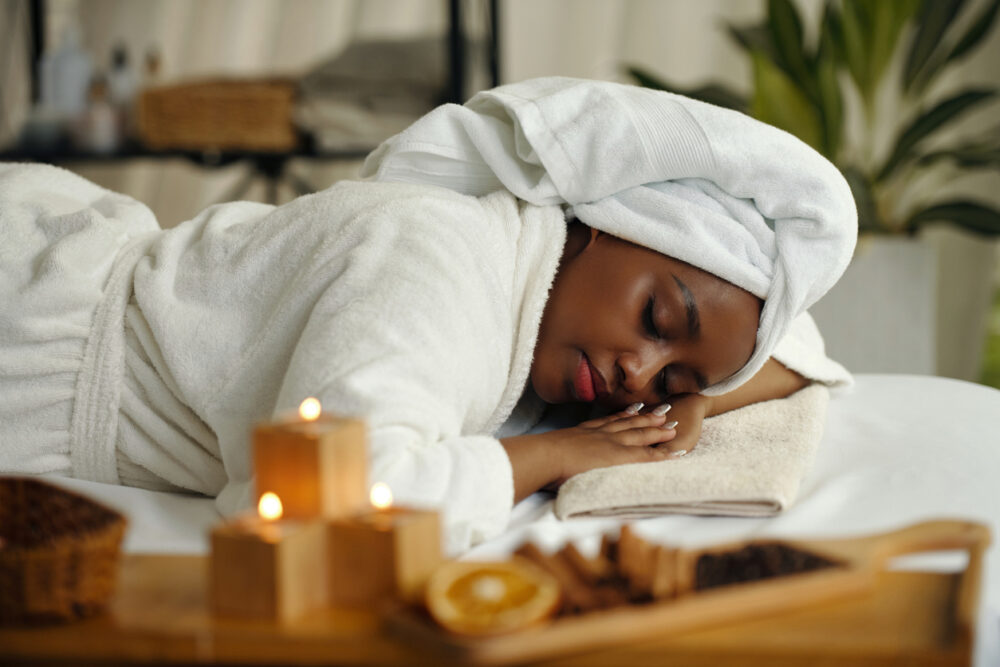Vegas has a hundred ways to empty your wallet before you even see a slot machine.

Las Vegas knows how to sell a good time, and it doesn’t need you to gamble a dime to cash in. Long before you hear the chime of a slot machine or see your first blackjack table, you’re already being pulled into a money vortex. It’s built into the hotels, the meals, the shows, and even the water you drink. Vegas is slick like that—an adult playground that keeps score with your credit card.
Many visitors swear they’ll just walk the Strip, enjoy a buffet, or catch a single show. Then they leave town wondering how they blew hundreds in a single afternoon without even placing a bet. There’s a clever psychology behind the glamour and glitz—it makes you feel like you’re on vacation from responsibility. But those “little extras” add up fast. Here are 9 sneaky ways Vegas drains your wallet while you’re busy Instagramming the fountains at Bellagio.
1. Resort fees make even cheap rooms expensive.

You see a budget hotel rate online, maybe $39 or $49 a night, and think you’ve scored. But once you check in, there’s a hidden resort fee waiting to smack your enthusiasm. These charges often run $30–$50 per night and aren’t always disclosed up front, especially through third-party booking sites. Suddenly, your “cheap” room costs nearly double.
Resort fees cover stuff that used to be free—Wi-Fi, gym access, maybe a bottle of water. But most guests don’t use half of what’s included. You’re paying for the privilege of staying in the city, not for actual perks. That’s Vegas math. And it’s perfectly legal, too. If you’re not watching the fine print, these fees can quietly ruin your budget before you’ve even unpacked, according to Ransom Garcia at Coyote Country.
2. Drinks cost triple what you’re used to—even outside the casino.

You might expect a $17 cocktail at a club or upscale bar, but Vegas raises the bar on pricing just about everywhere. Even casual lounges, hotel lobbies, and poolside bars will charge $15–$22 for a basic mixed drink. Add a tip, and your “just one” becomes a $30 pit stop. And that’s if you’re not persuaded into upgrading to a premium liquor.
What catches people off guard is how quickly it adds up, as reported by the authors at Las Vegas Advisor. A couple of rounds with friends, and your tab climbs faster than your buzz. Casinos may offer free drinks to gamblers, but that usually comes after hours at the slot machine or tipping servers generously. If you’re just there to chill, you’ll be bleeding money one overpriced cocktail at a time.
3. Show tickets come with add-on costs and “convenience” fees.

A lot of travelers budget $100 for a ticket to a headliner show in Vegas—but then the fees kick in. Ticketing platforms, venue surcharges, taxes, and processing fees can add $20–$60 per ticket. And don’t expect to score better pricing in person; many box offices use the same platforms that bake in those charges.
Even more, many shows upsell for aisle seats, early entry, or “VIP” packages that aren’t much better than general admission. Once you tack on all the extra charges, a modest night out balloons into a luxury splurge. Vegas knows its entertainment is a huge draw, and it charges accordingly. Blink, and your seat to see a magician or singer ends up costing more than your hotel room, as stated by Mike Prevatt at KNPR.
4. Uber and Lyft prices spike based on time and demand.

Rideshare apps are a go-to for getting around the Strip, especially when your feet give out after miles of walking. But Vegas is notorious for surge pricing, especially during major events, evenings, or just busy weekends. A 1.5-mile ride can suddenly cost $35. And if you’re coming in or out of the airport, don’t be shocked to see that double.
It’s not just about traffic—it’s about demand. Apps recognize when everyone is trying to leave a show at once or get to dinner at the same time. They bump up rates accordingly, and you’re stuck unless you want to wait it out. Public transportation exists, but it’s limited and not nearly as convenient. So most visitors bite the bullet—and pay.
5. Hotel mini bars are booby traps disguised as convenience.

The fridge in your room is a trap. It might look like a regular mini bar, but Vegas hotels rig them with sensors that charge you the second you move an item. That $5 bottle of water? It’s actually $12, and if you take it out to make room for your own, you’ll get charged anyway.
Some setups are so sensitive that even a slight jostle triggers the charge. And if you don’t notice until checkout, it’s nearly impossible to dispute. These charges are a gold mine for hotels, and they bank on guests not reading the fine print. You’re better off finding a Walgreens or CVS on the Strip for snacks and drinks—unless you want to pay $9 for a single granola bar.
6. Brunches and buffets lure you in, then stretch your tab.

Buffets used to be the budget-friendly staple of Vegas—endless food for a single, low price. But those days are fading. Now, many buffets charge $40–$80 per person, and brunches at popular spots easily hit $60 before tax and tip. Add bottomless mimosas or Bloody Marys, and your bill explodes.
These meals are marketed as indulgent experiences, and they are. But they’re also cleverly priced to encourage overconsumption and underbudgeting. It’s easy to convince yourself it’s worth it when you pile crab legs onto your plate. But in the end, your wallet feels just as stuffed—and not in a good way.
7. “Free” attractions aren’t always free when you factor in parking or tips.

Yes, you can watch the Bellagio fountains, browse the Forum Shops, or check out the Mirage volcano for free. But if you’ve driven to these places, parking alone can run you $15–$30. And if you’re enjoying a street performer, expect an aggressive tip jar or direct ask after the show.
Even the art galleries and exhibits that advertise as free often charge “suggested donations.” It’s a clever marketing trick: you feel guilted into giving, even if it’s optional. And once you’re there, you’re surrounded by shops and snack kiosks that aren’t remotely optional for your cravings. Free is rarely free in Vegas—it’s just bait.
8. Spa services at hotels are crazy overpriced—but hard to resist.

After a night out or a long day walking the Strip, a massage sounds like the perfect reward. But hotel spas charge luxury rates—think $250+ for a 60-minute massage, before tip and “service fees.” Even basic manicures or facials often run twice what you’d pay at home.
The experience feels posh, but the cost can wreck your budget faster than any casino. They sell you comfort and escape, and they do it well. You tell yourself it’s a treat—but one spa visit can blow your whole day’s spending limit. If you’re craving pampering, consider off-strip spas or local salons with way more reasonable rates.
9. Souvenir shops prey on impulse and nostalgia.

Vegas has a souvenir shop every hundred feet, and they’re stocked with everything from shot glasses and T-shirts to novelty dice and poker chips. The items aren’t expensive individually, but they add up fast—especially if you’re buying for friends, family, or just caught in the moment.
Impulse buys thrive on vacation brain. You think, “I’ll never be here again,” or, “This is funny.” Before you know it, your suitcase is packed with $5 keychains, $12 hats, and $30 mugs you’ll never use. It’s emotional spending disguised as memory-making. You’ll feel it later—mostly when you see your credit card bill and realize you dropped $200 on stuff that now looks kind of tacky.
